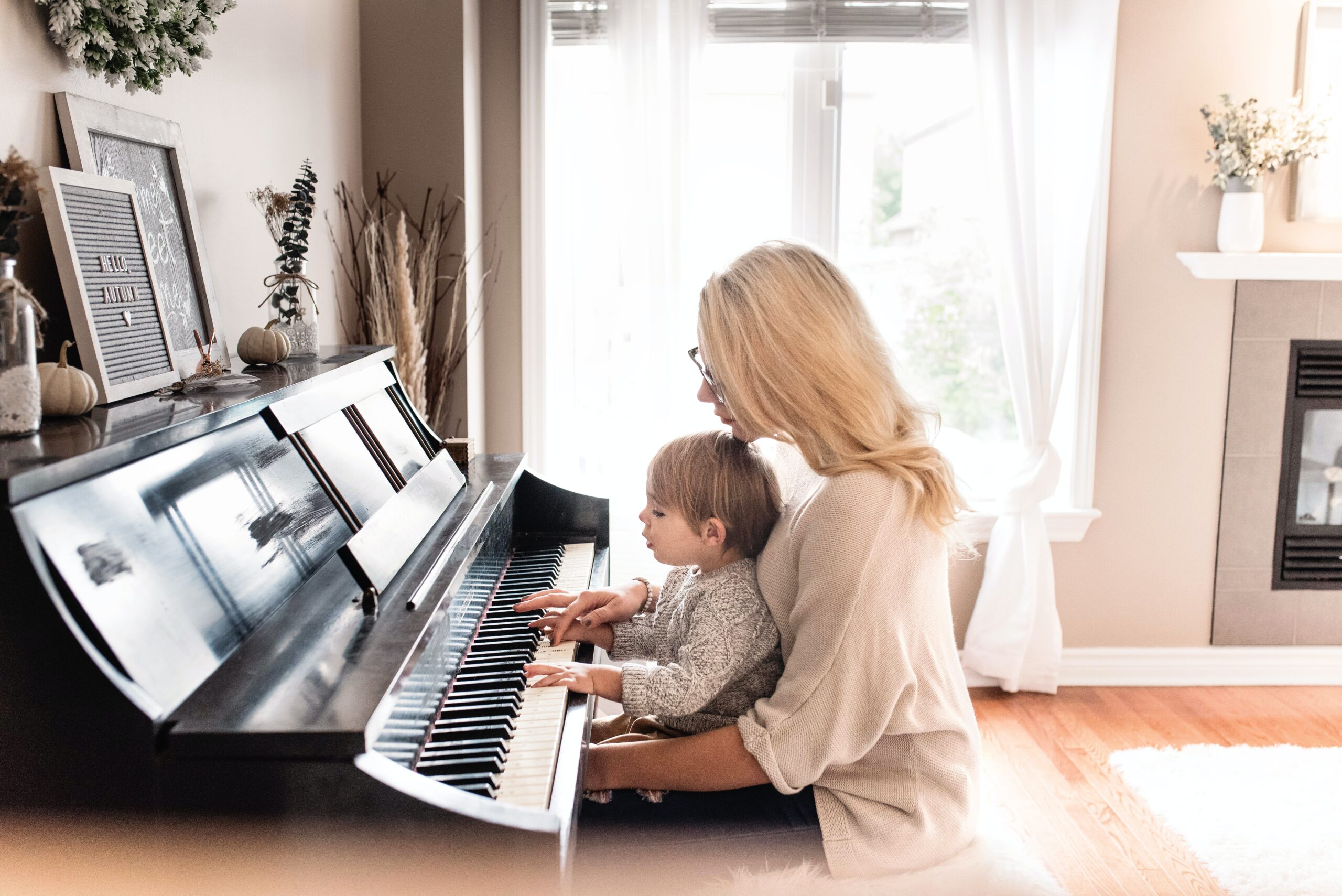Sir Andrew Davis: Remembering a Conductor’s Conductor
We remember Sir Andrew Davis, a true maestro whose life in music touched hearts globally. From the Royal College of Music to the world’s grea...

Have you ever noticed the hypnotic trance kids go into when they hear the twinkling intro of a popular cartoon theme? Imagine if we could harness this rapt attention for something timeless and profound, like the symphonies of Mozart or the concertos of Bach. Far from a stuffy old relic, classical music could be a catalyst for our children’s cognitive and creative development.
Classical music often gets a bad rap among young people, seemingly relegated to the realm of stuffy concert halls and overzealous music teachers. But imagine the vibrant colors of Mozart’s “Gran Partita” or the intricate harmony of Bach’s Brandenburg Concerto weaving their magic around young, impressionable minds. Far from boring, these complex masterpieces could actually enhance our children’s intellectual and creative development.
Music, at its core, is a language – a beautiful, universal language that transcends cultural and geographic boundaries. By exposing our kids to the profound vocabulary of classical music, we’re essentially opening their minds to a world of creativity and complexity. But why the classics, you might ask? Why not the latest pop or hip hop track? Here’s where Mozart and Bach come into play.
Take Mozart’s “Gran Partita,” for example. This seven-movement serenade for wind instruments is a masterclass in orchestration and composition. Its movements alternate between lively and serene, each providing different musical elements that engage the brain in unique ways. From the first movement’s majestic exposition to the final movement’s playful rondo, the piece unfolds like a well-written book, with twists and turns that keep the listener engaged. Even if kids don’t fully understand it, repeated exposure can lead to an appreciation of its layered complexity.
On the other hand, Bach’s Brandenburg Concerto highlights the beauty of counterpoint and harmony. Its diverse instrumentation – from string instruments to harpsichord – showcases how different musical voices can work together to create a cohesive whole. By listening to this concerto, children get a sense of how elements of melody, rhythm, and harmony can interact in intricate yet beautiful ways.
![Johann Sebastian Bach [1685-1750] Brandenburg Concerto no 6.](https://b3268114.smushcdn.com/3268114/wp-content/uploads/2023/07/6483952991_b5a94334b1_o-1-1024x622.jpg?lossy=0&strip=1&webp=1)
Now, it’s important to remember: less is more. The goal isn’t to flood the stage with more and more objects vying for their attention. Instead, it’s about letting them focus on the essential elements – the instruments, the melody, the rhythm – and how they come together to create the symphony of sound.
So, should we swap ‘Baby Shark’ for Beethoven? Not necessarily. The aim is to incorporate more classical music into their sonic landscape, to broaden their horizons. Who knows, the symphonies they begrudgingly listen to today might become the melodies they’ll hum and appreciate tomorrow.
We remember Sir Andrew Davis, a true maestro whose life in music touched hearts globally. From the Royal College of Music to the world’s grea...
In the world of classical music, where the past is always present, one name stands out for breathing new life into forgotten melodies. Philippe Jar...
Klaus Mäkelä, a name synonymous with orchestral brilliance, is set to take the baton from Riccardo Muti as the Chicago Symphony Orchestra’s...
In the world of contemporary music, few names resonate as profoundly as that of Eötvös Péter. A maestro whose life was a rich tapestry of melody...